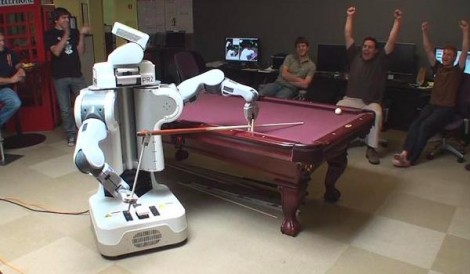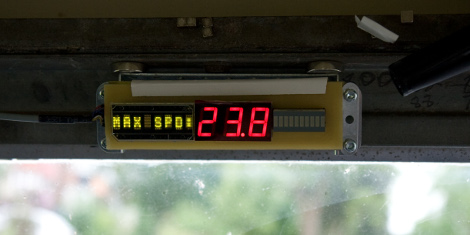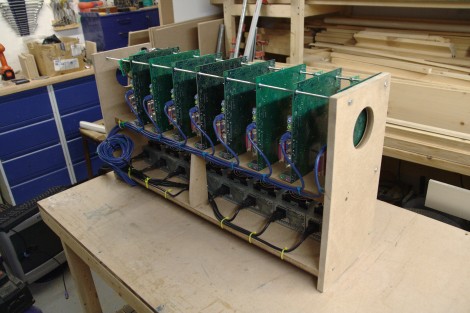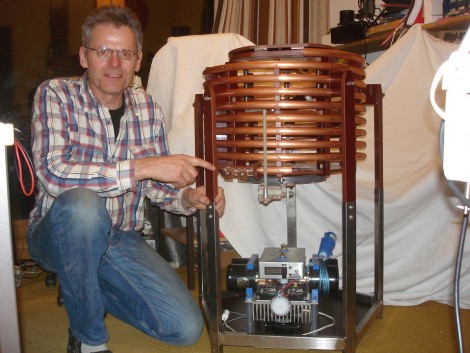[youtube http://www.youtube.com/watch?v=0aaQIkLkSIo%5D
As far as pranks go, [Austin Shaf’s] wireless hidden water gun is a real treat. The video above goes over a brief explanation and shows the setup in action. The prankster holds onto a wireless AVR remote, and when the unsuspecting victim walks by, he activates a second AVR controlling a pump; spraying water everywhere.
While most of us are out of school by now, the project would still be a fun office or perhaps street prank. If you’re one for registering, schematics and source code can be found at AVRFreaks. Alternatively, check after the jump for a copy of both.
Related: Office Pranks, and Water Guns.















